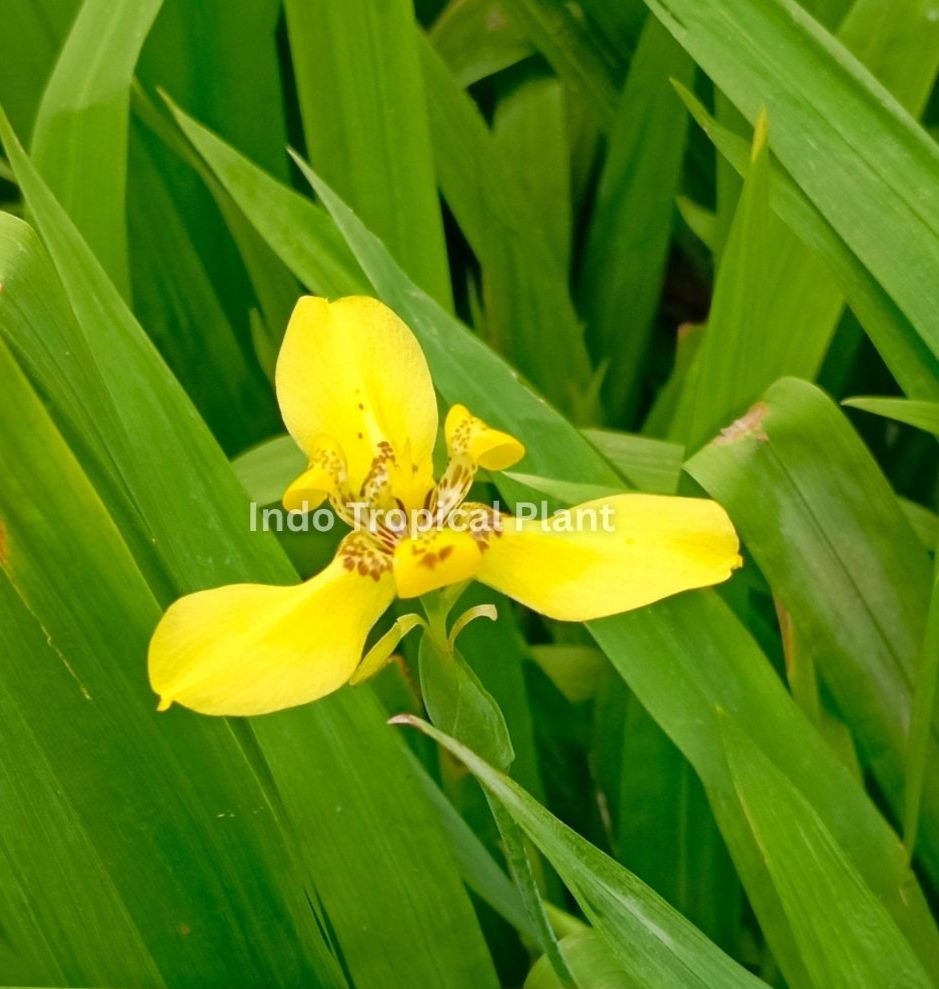Common name: Scindapsus 'Jade Satin'
Scientific name: Scindapsus sp. ‘Jade Satin’
Type: Epiphyte
Height: 10-15cm
Width: up to 15cm
Leaves: 2-4 leaves
You might see this grow confused with its shut family member, the Scindapsus pictus (often described as silver satin pothos or simply satin pothos) since they remain in the same family. In fact, the common name of the Jade Satin Scindapsus is the Jade Satin Pothos, which makes it even more confusing because it isn't a pothos (and neither is the Scindapsus pictus!).
There's a key distinction, though—the Scindapsus Pictus "Jade Satin" has gorgeous, unique fallen leaves that have no pattern. This cultivar is grown free of silver markings on its fallen leaves. Rather, they are an abundant jade green with simply a tip of refined veining and a shine. Jade satin expands as a vining grow that can both climb up and hang. Although they are slow cultivators and take a bit much longer to origin, the persistence is well well worth it.
The variegated variation is incredibly beautiful as the yellow variegation will stun the eyes on the dark green fallen leaves
Scindapsus plants generally originate from Southeast Australia or europe where they expand generously. This consists of areas such as the Philippines and Bangladesh, all which are warm and damp. There are several cultivars of this grow that are sold and dispersed as houseplant
Jade Satin Scindapsus Care
Light
If you pay particular focus on any one point about Jade Satin Scindapsus treatment, let it be the illumination needs. This grow expands best in a wealth of all-natural light. It should invest about a quarter of the day in bright, indirect sunshine.
That being said, artificial light works too. Simply make certain it's receiving the complete color range and obtaining subjected about fifty percent the day. If you intend on maintaining your Jade Satin outdoors where the sun's rays are more severe, make certain its put securely away under some color or dappled light.
Soil
As a vining grow, the Jade Satin Scindapsus plant's origins are conscious origin rot and fungal problems. Its dirt should have proper drainage so the grow does not rest over sprinkle. The ideal mix is a common potting combine with coco coir or fine mauve and olive and perlite.
On the various other hand, if the dirt drains pipes too fast, it will not deliver sufficient nutrients to the grow. If you are worried about the soil's nutrition capacity, blend in some garden compost or natural issue. I used a routine combine with a little bit of coco coir include for aeration.
Water
You can easily overwater a Jade Satin Scindapsus, so you might need to monitor how often you sprinkle it. The priority is to maintain the dirt from ending up being waterlogged since that could lead to problems. Yellow, wilting fallen leaves are an indication you're overwatering
Underwatering is actually something you will not need to worry about always since the Jade Satin can endure missed out on waterings and recover quickly. Indications you're underwatering, however, are boring, crunchy fallen leaves. But it should recuperate in a couple of days with proper sprinkling.
Because of that, some individuals actually wait on the grow to appearance underwatered before they sprinkle again. The best gauge is to allow the top couple of inches of dirt dry totally before sprinkling again.
Temperature
Keep in mind that the Jade Satin is a Scindapsus cultivar, and these plants come from a cozy and damp environment. This is an exotic vine that's used to all year heat, and it has no frost resistance. The best temperature level is anywhere in between 60 and 85 levels Fahrenheit.
Basically, if you're comfy, the Jade Satin fits too. If you're in a place that obtains chilly at evening or throughout the winter seasons, make certain you maintain your Jade Satin inside and far from drafty home windows.
Humidity
When it comes to moisture, the more the better! Jade Satin Scindapsus expands best when the moisture degrees exceed 50%. This does not always imply you need a greenhouse, however. It will expand simply fine at routine home moisture.
Simply watch on the degrees throughout warm, dry summertimes when heating units get on throughout the winter. There are a couple of easy ways to increase moisture such as a stone tray with sprinkle, maintaining it in the kitchen area or bathroom, and expanding it close to various other houseplants.
Moisture is another reason I such as moving my Scindapsus plants outside for the summer. The moisture where we live is spectacular for exotic plants, and I take complete benefit of it!
Scindapsus Pictus Jade Satin propagation tips
Equally as a goings up, propagating a Jade Satin Scindapsus takes great deals of time and persistence. Prepare a mug or container with a potting blend. I used damp perlite and sphagnum mauve and olive. After that, dip the node in rooting hormonal agent
Cover the top with a plastic bag and maintain the mug close to bright, indirect light. Rooting will take several months, so avoid the lure of looking for them often. Make certain the mauve and olive stays damp, if everything is right your grow will cause new origins before you know!
top of page
SKU: 206
$8.00Price
Related Products
bottom of page

































